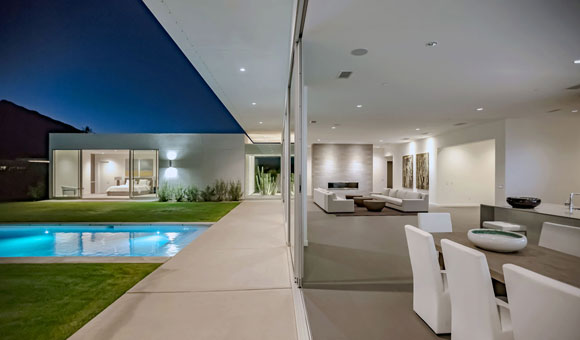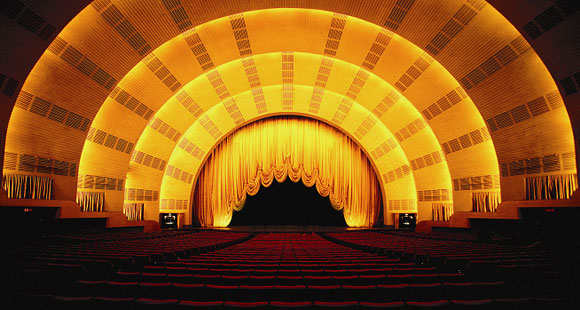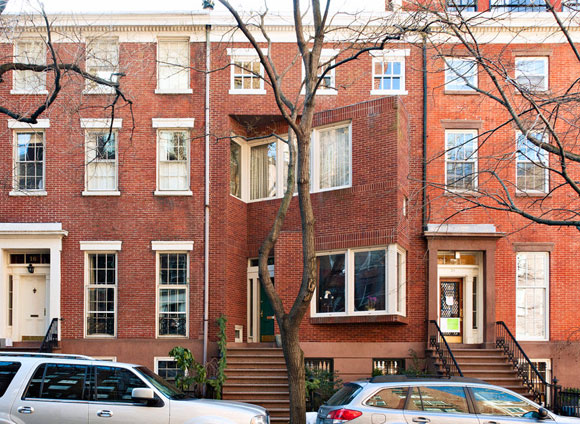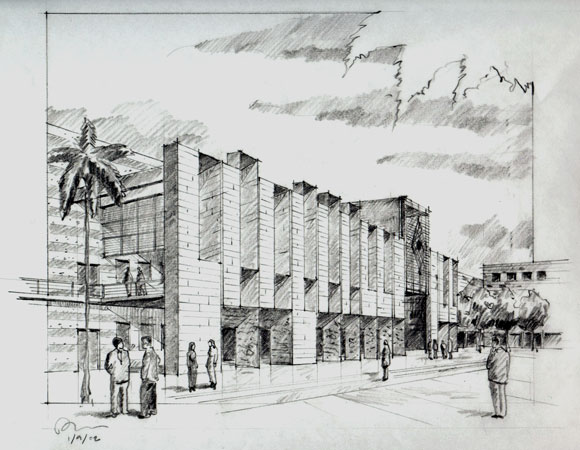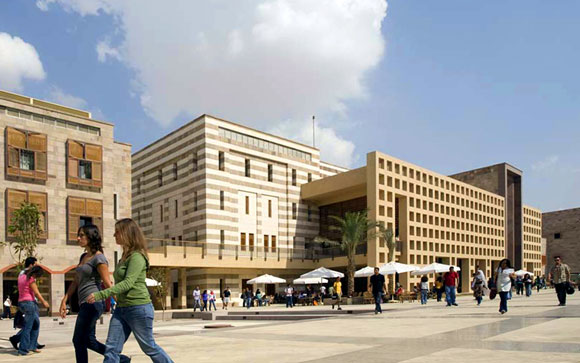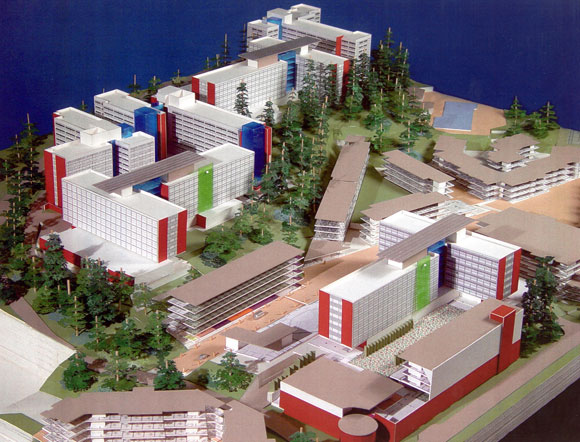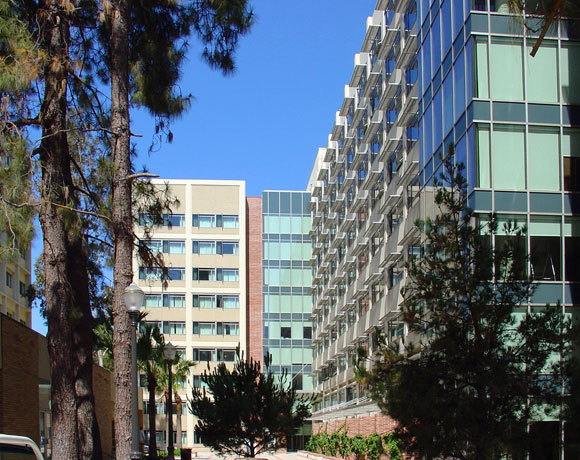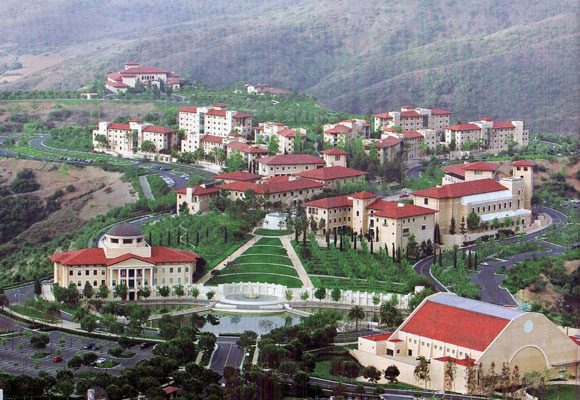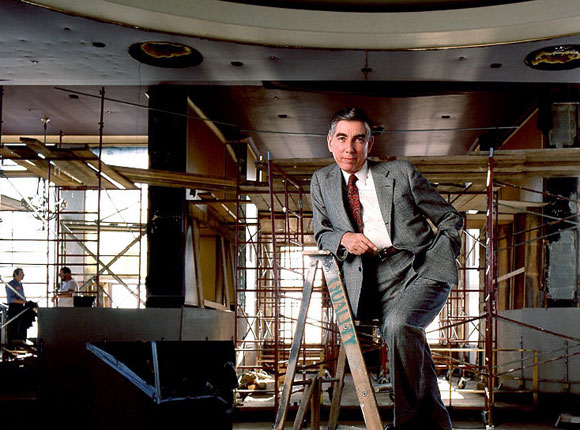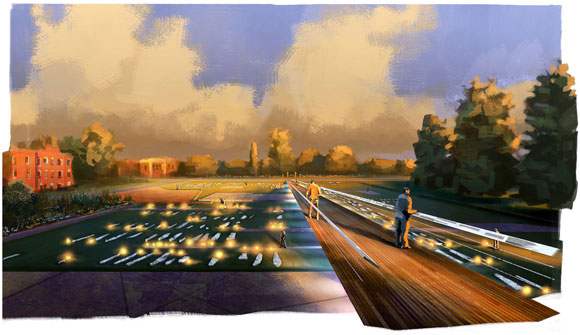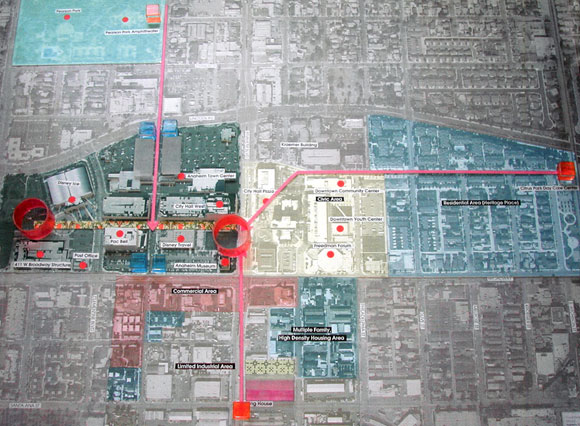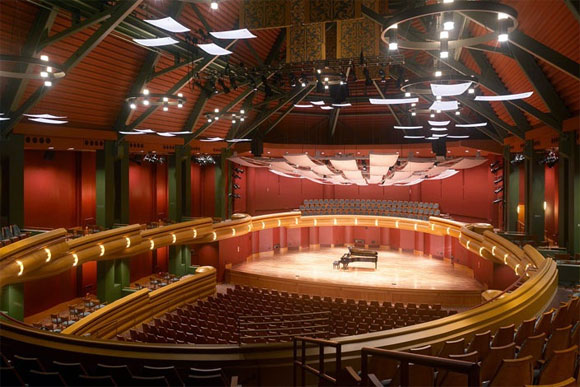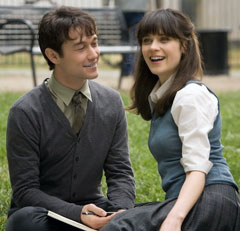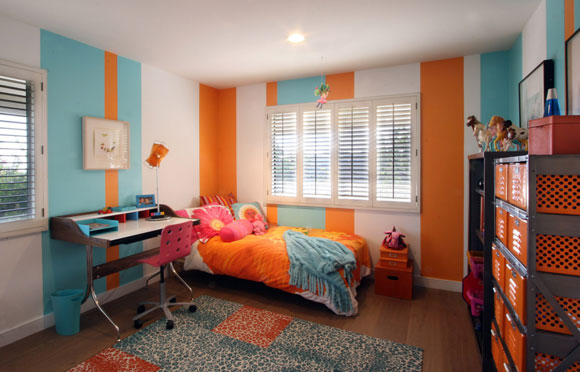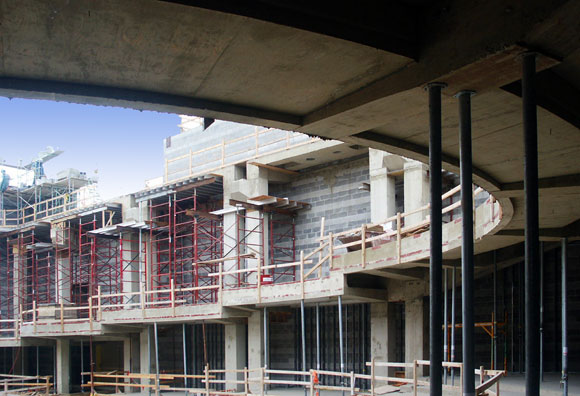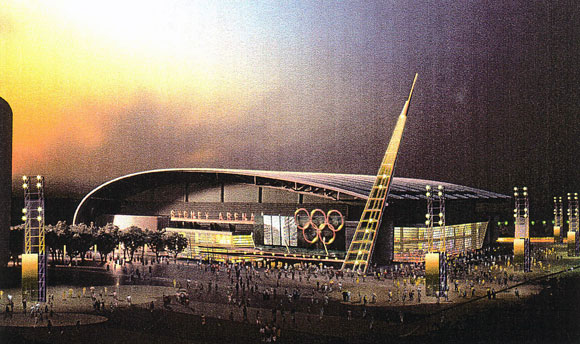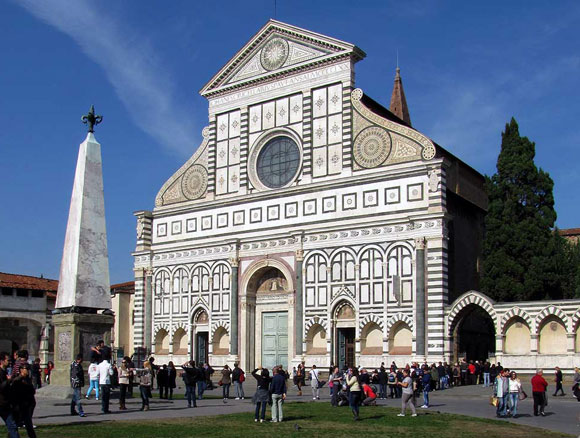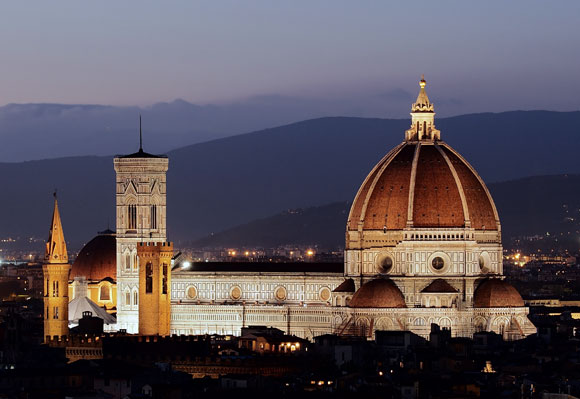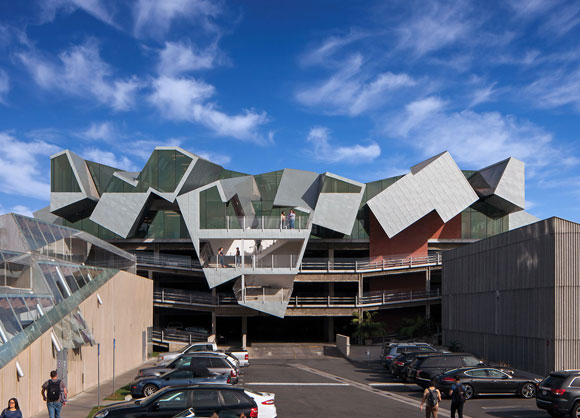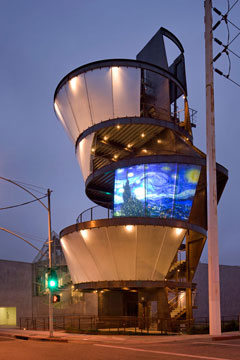PLEASE STOP ASKING, “RESIDENTIAL OR COMMERCIAL?”
Linea Residence L, Palm Springs, California, by Poon Design and Andrew Adler (photo by Locke Pleninger)
When you meet a chef, do you ask, “Do you cook chicken or fish?”
If you did ask such a stupid question, the chef would be thinking how absurd you sound. At the same time, this chef would be thinking of the thousands of things he cooks, in addition to “chicken or fish.”
When someone meets an architect, the first (and only) question is , “Do you design residential or commercial?” Please realize that the field of architecture—that the world— is made up of much more than houses and office buildings.
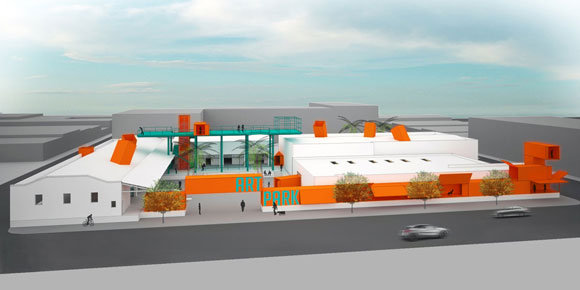
I would guess that “residential and commercial” architecture only comprises 5% of the types of projects we design. When one considers that architecture includes museums and galleries, bridges and highways, churches and temples, hospitals and pharmacies, schools and universities, community centers and parks, libraries and theaters, memorials and gardens, stadiums and arenas, parking structures and parking lots, etc. and etc., as well as the commonly acknowledged “residential or commercial”—architecture is everything that is designed and constructed around you. Architecture is both the blank canvas that provides for the imprint of your life, as well as the vessel that holds it.
In simply looking at my own architectural works, there are several dozen building types I have designed. What can architecture be?
An exhibition place to experience the wonders of the arts and science.
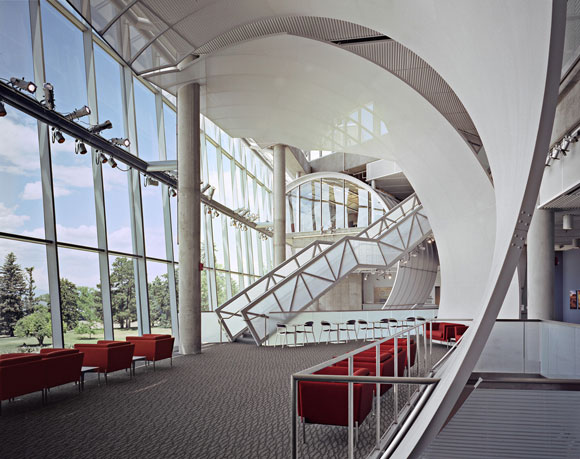
A sacred place to gather and worship.
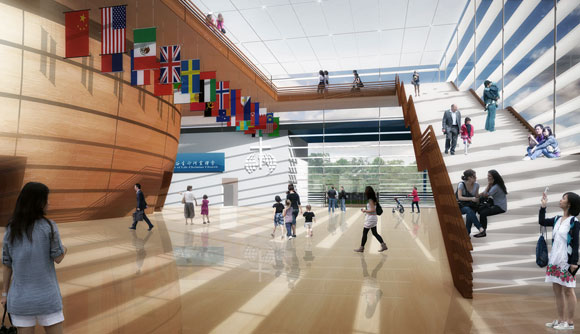
An optimistic place of higher learning.
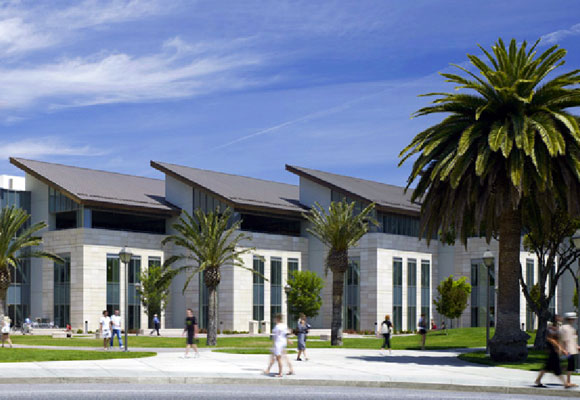
A sweet place to bite into candy.
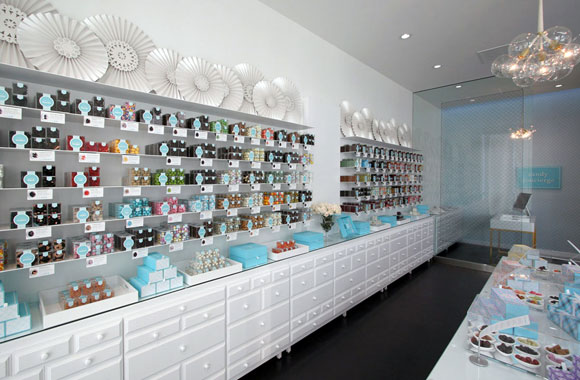
An energetic place for sports and competiion.
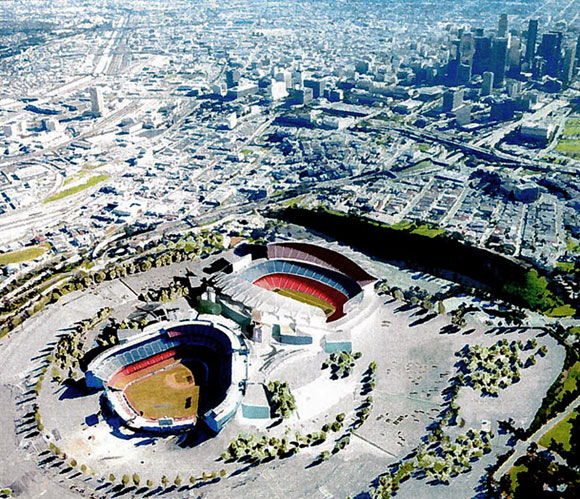
An active place for education and emotional development.
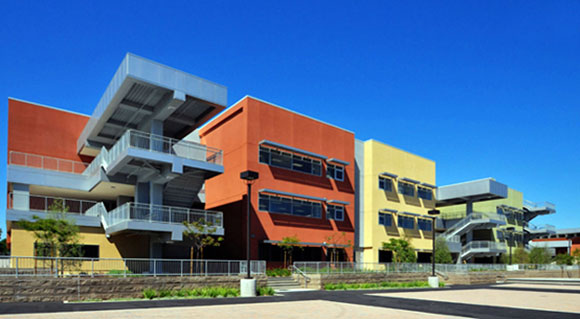
A master planned place for growth and development.
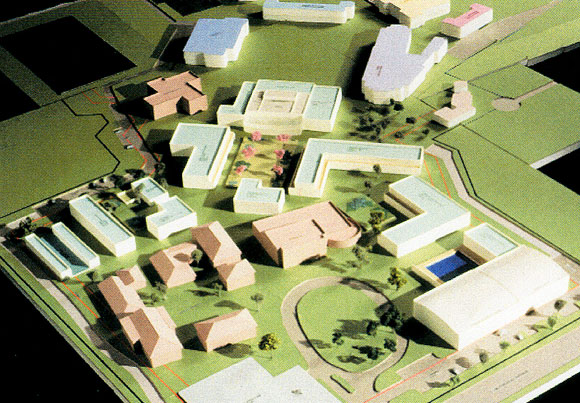
An invigorating place to sweat and recharge.
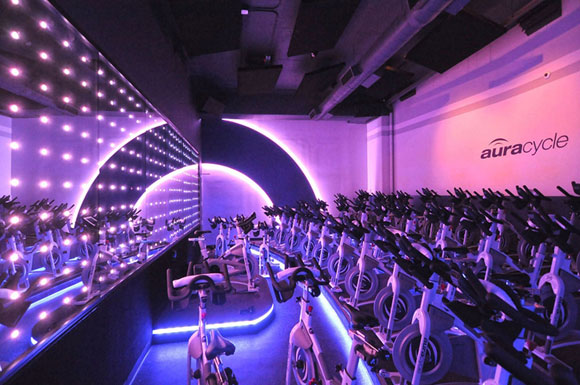
A public place where citizens can assemble.
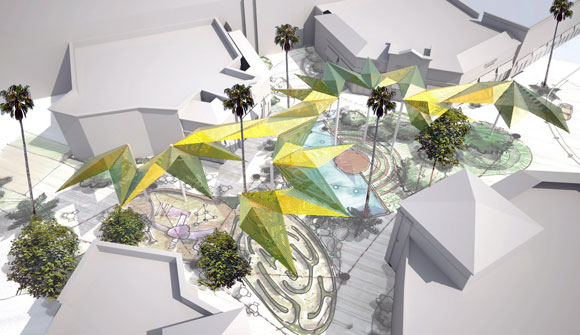
A place of grief and remembrance.
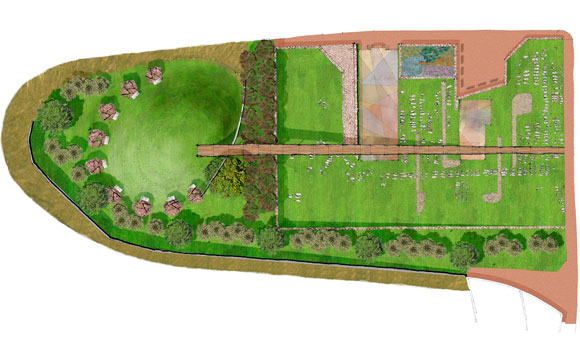
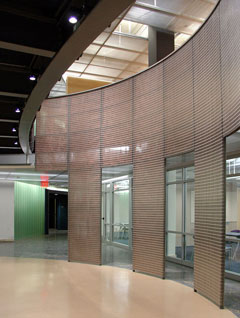
A social place for student life.
We need all the above places (and many more) to live, and we want these places to be heartfelt. We need places to go to work, and we want these places to be comfortable and efficient. We need schools, and we want these places to be encouraging and supportive. Our neighborhoods need places to gather, and we want these places to be democratic and energized. Our communities need churches to worship in, and we want these places to be inspirational and transcendent. Our businesses need places to thrive, and we want these places to be strategic and informed. Our politicians need places to debate, and we want these places to ignite strength and influence.
So next time you meet a chef, do ask him, “What kind of cuisine do you cook?” And next time you meet an architect, ask him, “What kind of projects do you design?”

